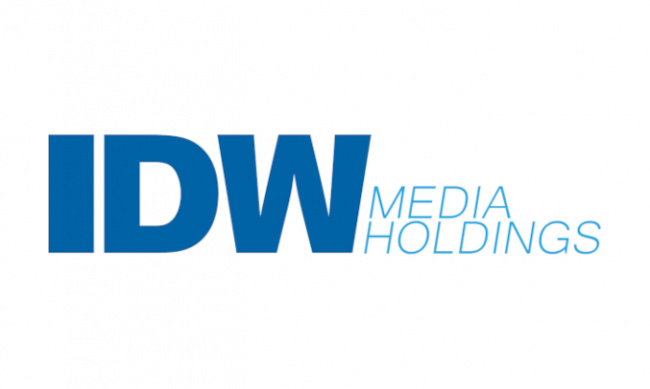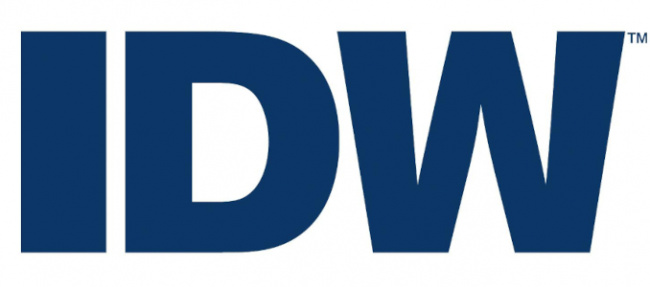The publishing division’s loss for the quarter came on revenues of $5.7 million, down from $6.9 million in the year ago quarter, primarily due to a reduction in new releases and the tough comp against a Teenage Mutant Ninja Turtles: The Last Ronin release in Q4 2021. Expenses were up despite the decline in sales. The quarterly loss of $1.6 million compares to a $.04 million profit in Q4 2021.
For the year, publishing revenues were up a hair, from $25.3 million in 2021 to $25.8 million in fiscal 2022, driven by increases in non-direct market revenue (book channel sales of TMNT: The Last Ronin and They Called Us Enemy), games revenue, and retailer exclusive revenue, partially offset by the decline in direct market revenue and digital sales. The $1.9 million loss in fiscal 2022 is a decline in performance from a $.8 million loss in fiscal year 2021. Inflation in printing costs had a big impact; the company reported a $626,000 increase in printing costs for the year despite publishing fewer titles.
IDW reported a decline in publishing revenues due to its distribution transition from Diamond Comic Distributors to Penguin Random House Publisher Services in its fiscal Q3 (see "IDW Reports Sales Decline").
IDW’s entertainment division had stronger revenues in the quarter and year, driven by the delivery of two seasons of Locke and Key and Surfside Girls S1, which led to a big improvement in overall profitability. IDW Media Holdings had net income of $.4 million in its fiscal Q4, up from a $.7 million loss in the same quarter a year ago, and a net loss of $.7 million for the year, a big improvement from the $5.4 million loss in fiscal 2021.
While the company had around $10 million in cash at the end of the period, in its annual report the company said it may need to raise another $7-$10 million to fund losses over the next couple of years.




